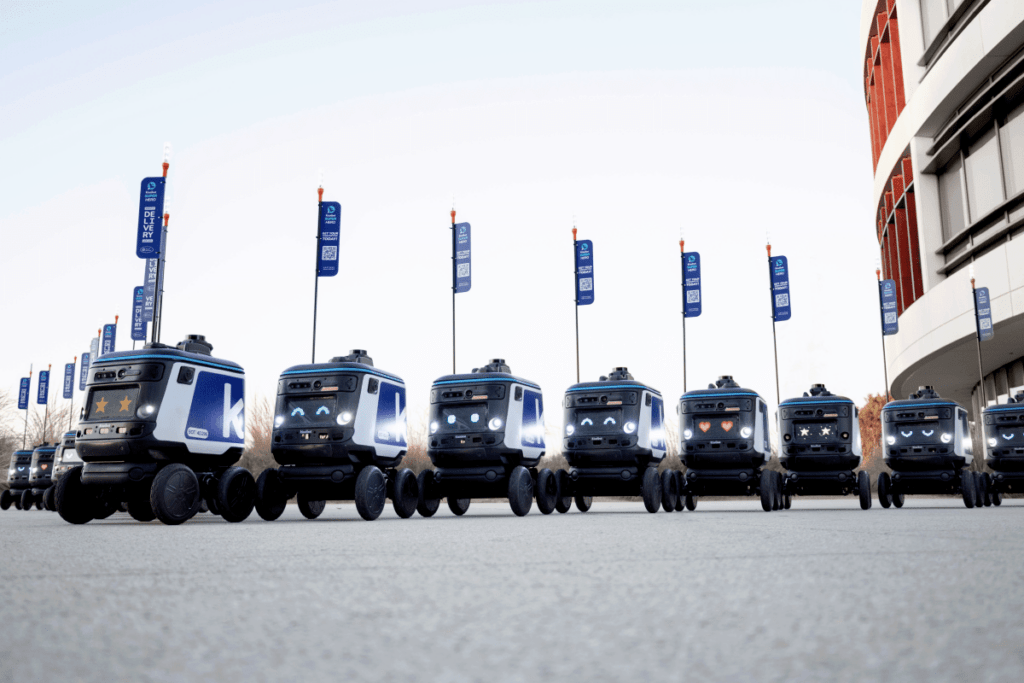At its Delivering the Future event Wednesday, Amazon announced plans for new robot-powered delivery warehouses. The first “next-generation fulfillment center” is located in Shreveport, Louisiana. The 3 million-square-foot warehouse spans five floors, constituting the rough equivalent of 55 football fields, per the company.
The site represents the culmination of Amazon’s work in robotics, which dates back more than a decade to its 2012 Kiva acquisition. The retail giant’s approach has largely revolved around incorporating robots into existing worklfows, so as to not disrupt regular operations. The new model looks to bring a more ground-up greenfield approach to robotics and AI.
Amazon has yet to announce specific figures in terms of robots deployed, only that it will bring 10x that of a standard fulfillment center. We do know, however, that the company already has nearly a million robotic systems deployed in centers across the U.S.
Along with the Kiva-style autonomous mobile robots (AMRs) and inventory robotic arms Robin, Cardinal, and Sparrow, the company is deploying Sequoia, which it refers to as “a state-of-the-art multilevel containerized inventory system that makes it faster and safer for employees to store and pick goods. In our next-generation facility, Sequoia can hold more than 30 million items.”
This version is 5x the size of the first Sequoia inventory system the company deployed in Houston around this time last year.
Likely the August hiring of Covariant founders Pieter Abbeel, Peter Chen, and Rocky Duan will play a pivotal role in deploying AI across the system. The Louisiana fulfillment center will prove a key test for these robots to work in tandem. That’s been a difficult nut to crack, as hardware agnostic platforms and communications between robotic systems was something of a pipe dream until fairly recently.
Amazon is quick to note that there will still be humans in the loop with these systems. It says the Louisiana location will employe 2,500 once fully ramped up.


